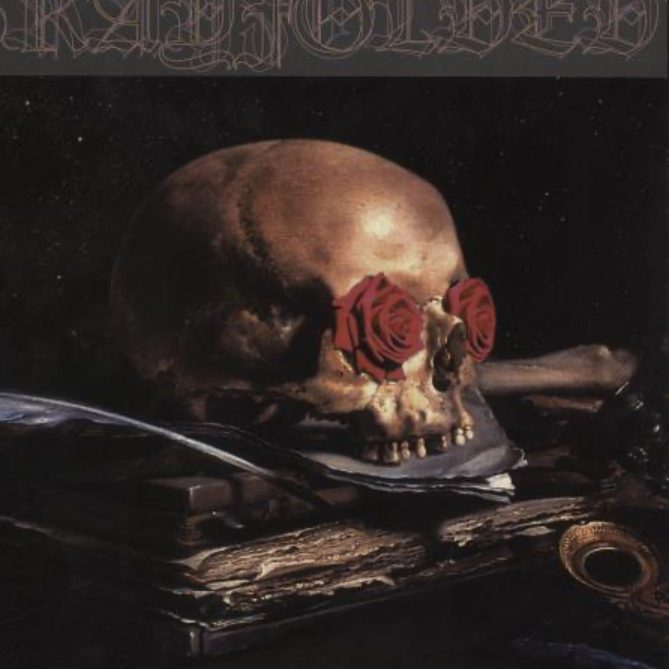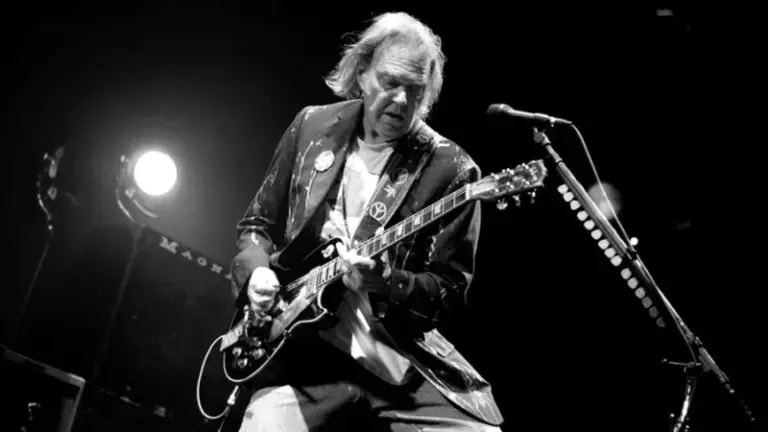John Oswald Transforms Grateful Dead’s ‘Dark Star’ Into a Mind-Bending Black Hole
You’re digging through some obscure music rabbit hole at 2 AM, and suddenly you stumble across something rare. You find John Oswald’s take on The Dead. Just wow. Oswald decided to creatively interpret the Grateful Dead’s legendary “Dark Star” and turn it into something that can only be described as a sonic black hole of pure genius. Everything you thought you knew about music is going to change forever.
Who Is John Oswald and Why Should You Care?
John Oswald isn’t your average bedroom producer messing around with samples on his laptop. This Canadian sound artist and visionary has been playing with audio like a mad scientist since before most people even knew what sampling was. We’re talking about the guy who literally invented “Plunderphonics” – the art of taking existing recordings and chopping, warping, and splicing them into something completely new.
Back in 1989, Oswald dropped his sensibly titled album Plunderphonics, which included a ruthless dissection of Michael Jackson’s “Bad” that he coyly renamed “Dab.” The lawyers weren’t amused – they made sure most copies got destroyed faster than you could say “copyright infringement.” But that’s the thing about John Oswald – he’s never been one to play it safe.
How Phil Lesh Opened Pandora’s Box
Here’s where things get pretty interesting. In the early ’90s, Grateful Dead bassist Phil Lesh met Oswald through mutual friends in New York. Lesh was immediately fascinated by the Plunderphonics concept, probably thinking, “This is like what we do, but way more sophisticated.”
So what does Lesh do? He hands Oswald the keys to the entire Grateful Dead archive. Not just any songs – specifically “Dark Star,” the band’s legendary jam vehicle that could stretch from a few minutes to over an hour depending on how the cosmic winds (or ganja buds) were blowing that night.
The Birth of Grayfolded: Dark Star Goes Supernova
John Oswald didn’t just sample a few “Dark Star” performances and call it a day. No, this maniac collected fragments from over 100 different performances spanning the Dead’s entire 30-year career. He then spent months meticulously crafting what can only be described as the ultimate “Dark Star” – a nearly two-hour odyssey that somehow captures every version of the song that’s ever been played, or ever could be played.
Originally released as two separate CDs in 1994 and 1995 (Transitive Axis and Mirror Ashes), the project eventually became the single package known as Grayfolded in 1996. The name itself is true poetry – a reference to the way John Oswald folded all these gray areas of Dead history into one cohesive piece.
Why Grayfolded Actually Works (And Isn’t Just Pretentious Nonsense)
You might think this sounds like some art school project that only appeals to academics and Deadheads with too much time on their hands. But here’s the thing – Grayfolded actually works as music. John Oswald didn’t just randomly throw clips together like some amateur YouTube mashup. He created something that maintains the pure essence of “Dark Star” while expanding it into dimensions the original never explored.
The beauty lies in the details. You’ll hear a fruity Brent Mydland synth line suddenly emerge from an elegant Keith Godchaux piano passage; Jerry Garcia solos from different decades interlock like they were always meant to be together. It’s like experiencing “Dark Star” through a hall of mirrors where every reflection shows an amazingly different possibility.
The Vinyl Resurrection That Almost Didn’t Happen
Fast-forward to the 2010s, and John Oswald decided it was time to bring Grayfolded to vinyl. But there was a problem – cramming nearly two hours of music onto two LPs would’ve meant sacrificing audio quality, and Oswald wasn’t having any of it.
Instead, he completely reworked the piece for vinyl, creating six distinct sections that work perfectly as approximately 20-minute album sides. As Oswald explained, “It becomes a six-part thing rather than a two-part thing,” and honestly, he prefers this version to the original CD.
The vinyl release was funded through a Kickstarter campaign. It raised nearly $50,000, proving that there’s definitely an audience for this kind of ambitious sonic archaeological artistry.
John Oswald: Way More Than Just Innovative Sampling
John Oswald’s compelling take isn’t only about the technical wizardry – it’s the conceptual risk. Grayfolded isn’t just a remix or a mashup; it’s a meditation on time, memory, and the nature of musical performance itself. Phil Lesh supposedly said, “‘Dark Star’ is always playing somewhere. All we do is tap into it,” and Oswald took that idea and ran with it to its logical extreme.
Oswald created something truly unique here – a musical interpretation that is an homage, a deconstruction, and also a reconstruction of one of rock’s most iconic pieces. Whether you’re a Deadhead, a sound art enthusiast, or just someone who appreciates boundary-pushing music, John Oswald’s magnum opus deserves a place in your collection.





